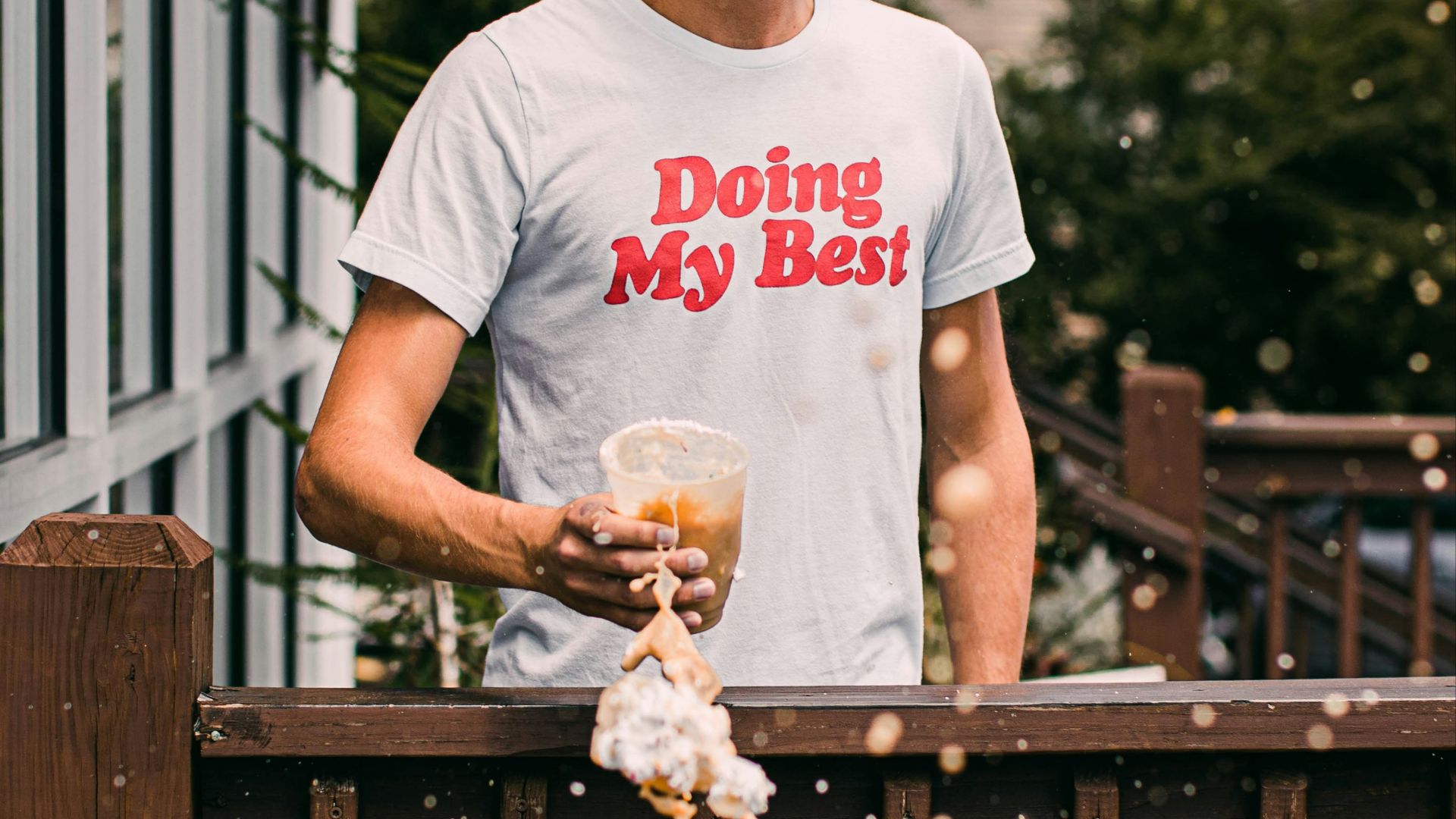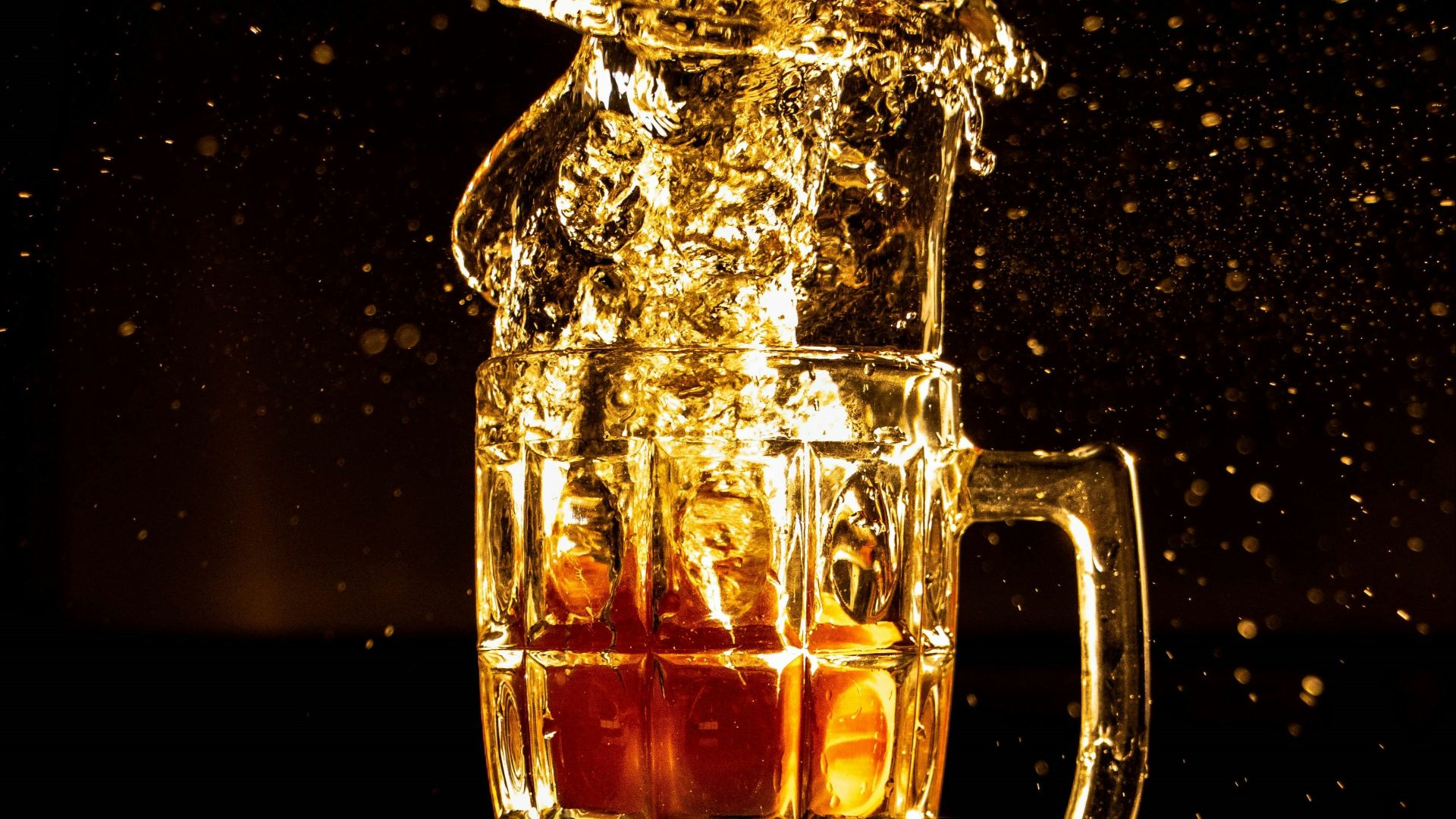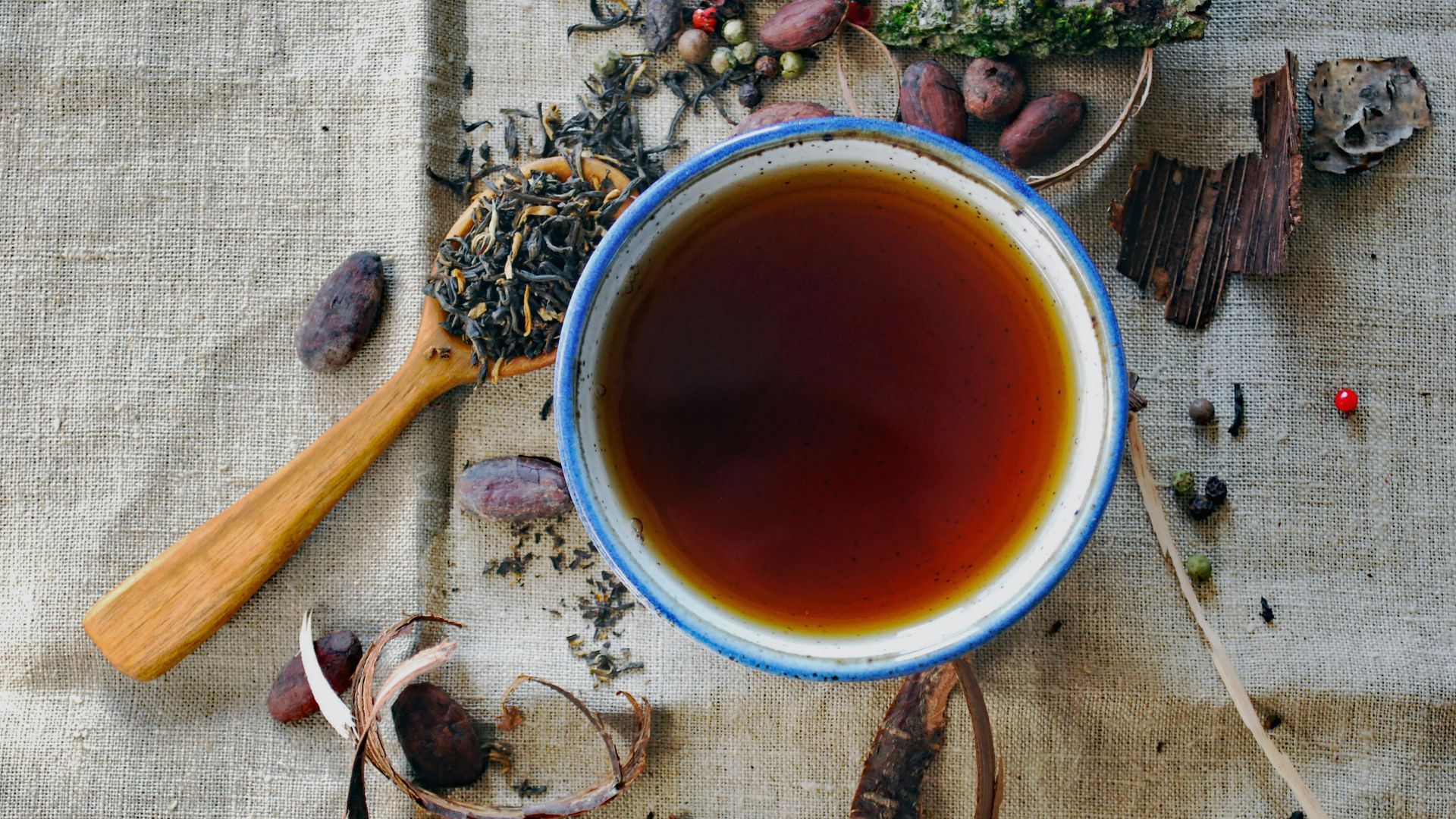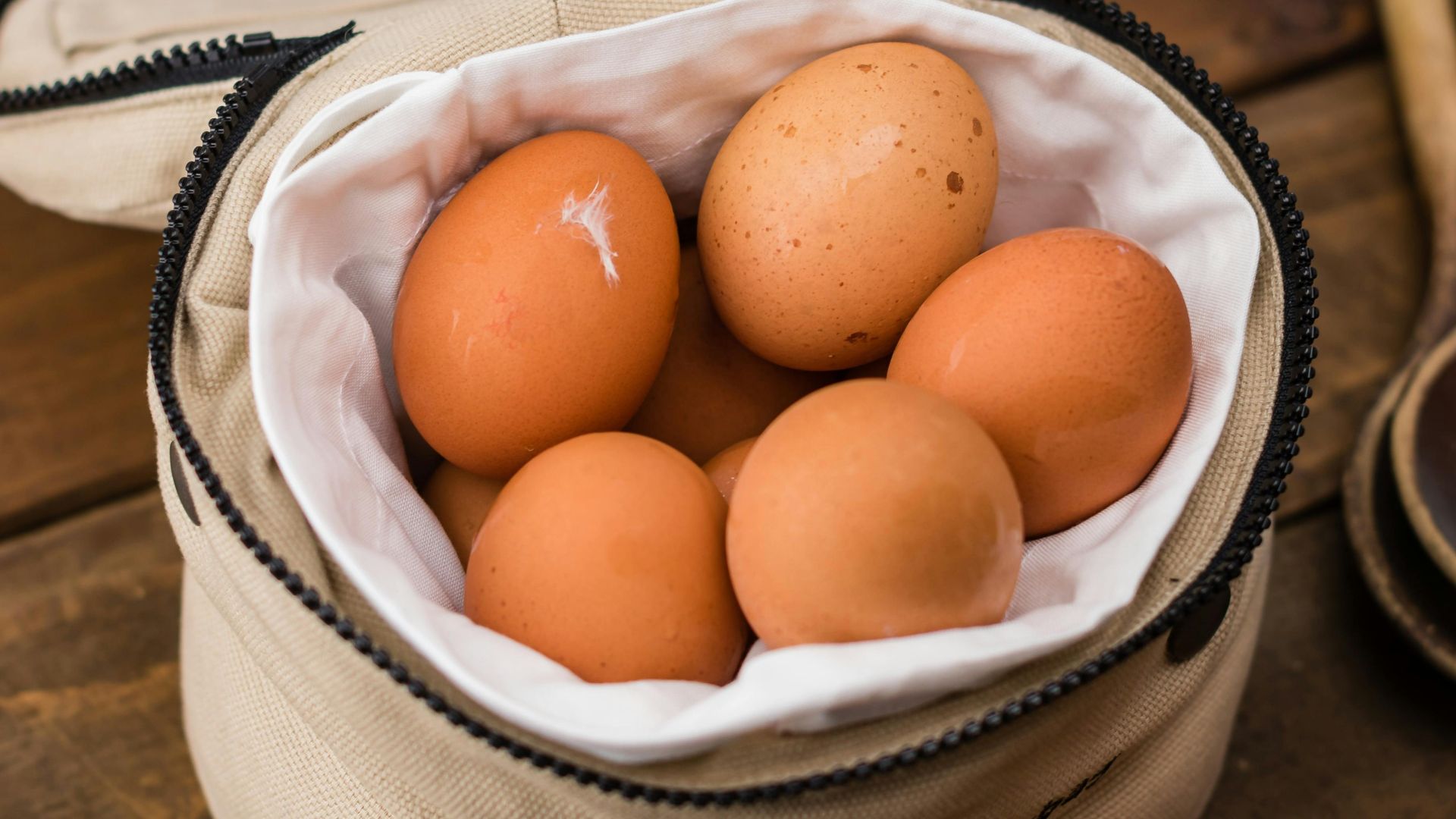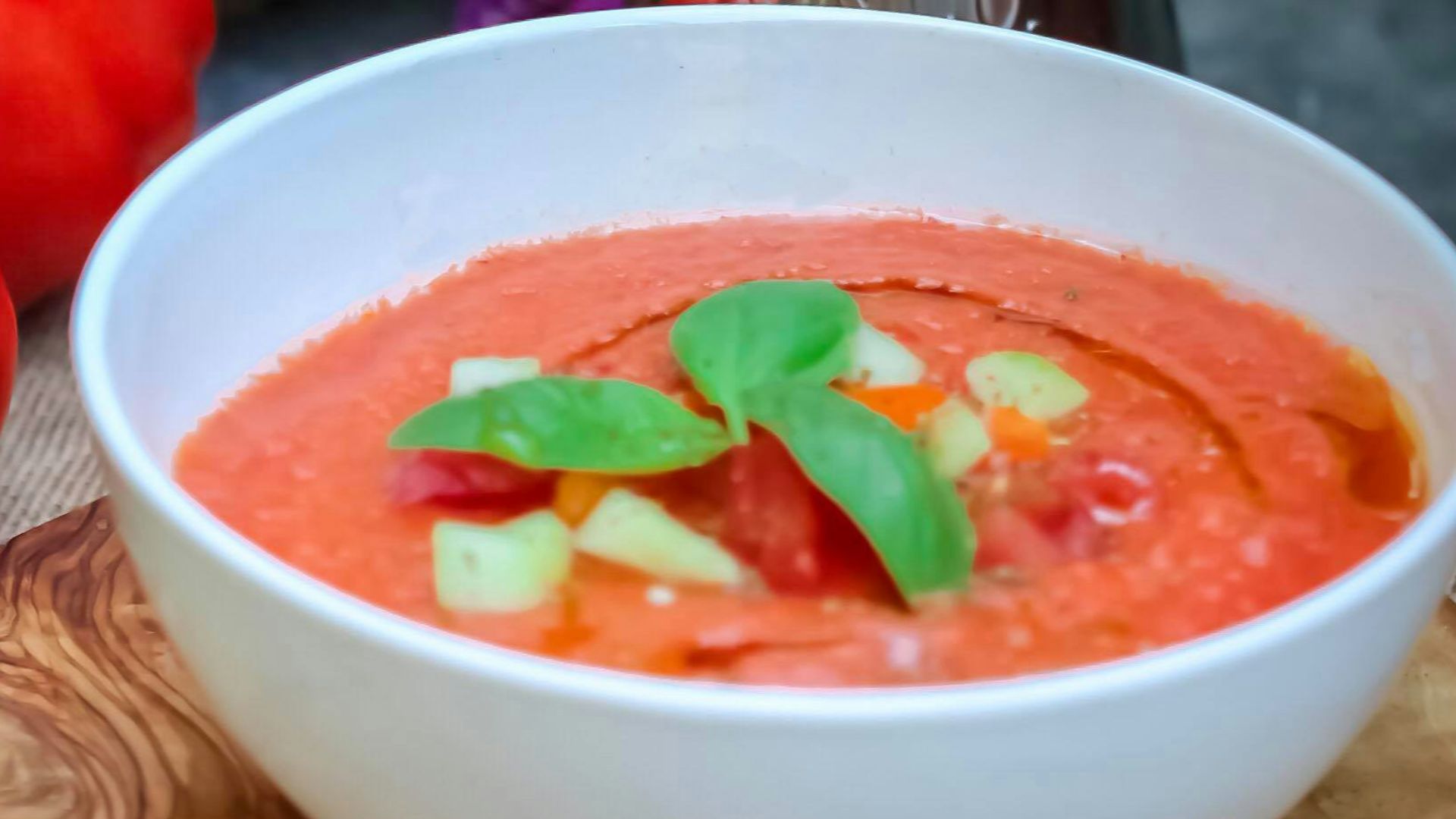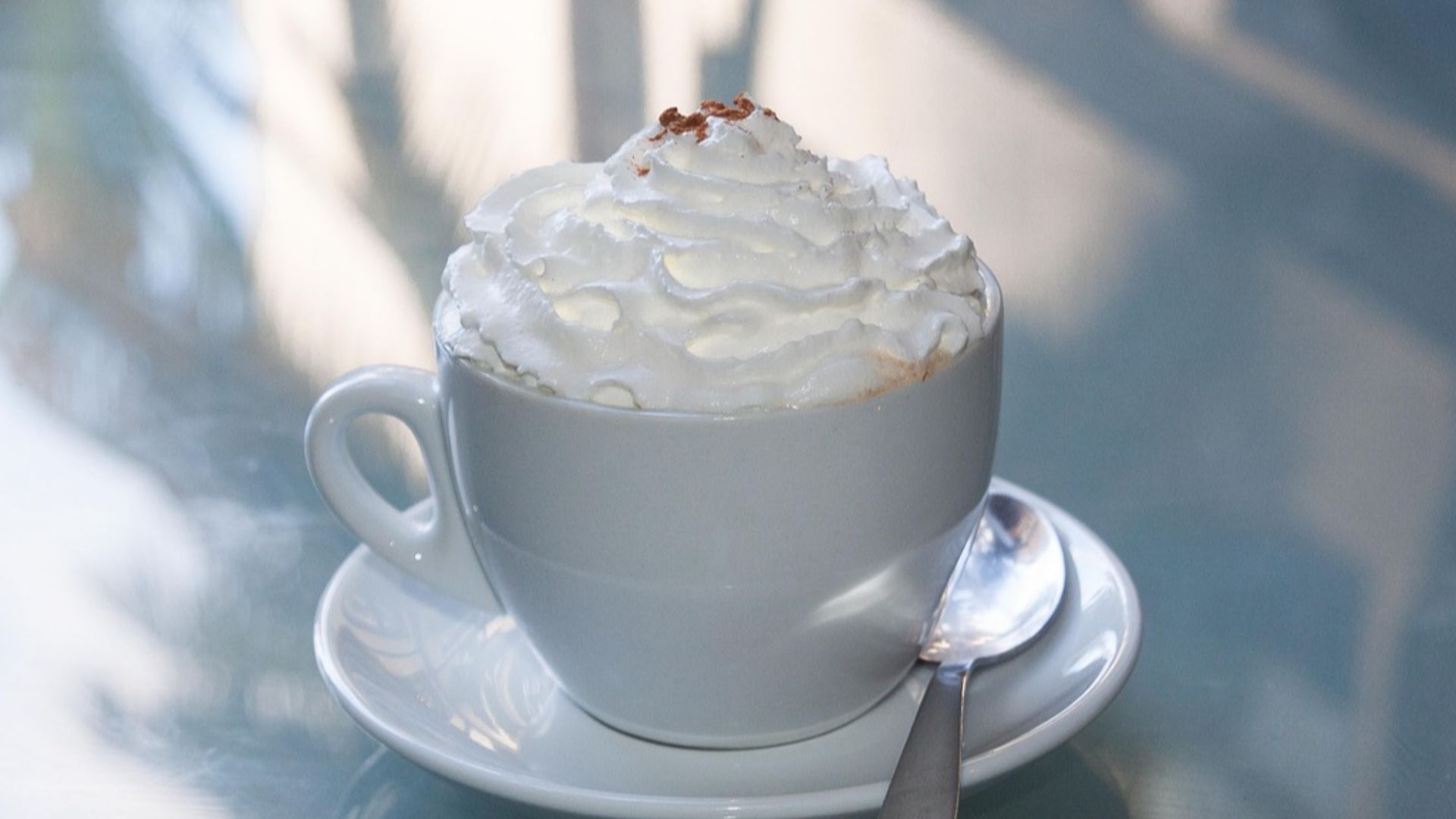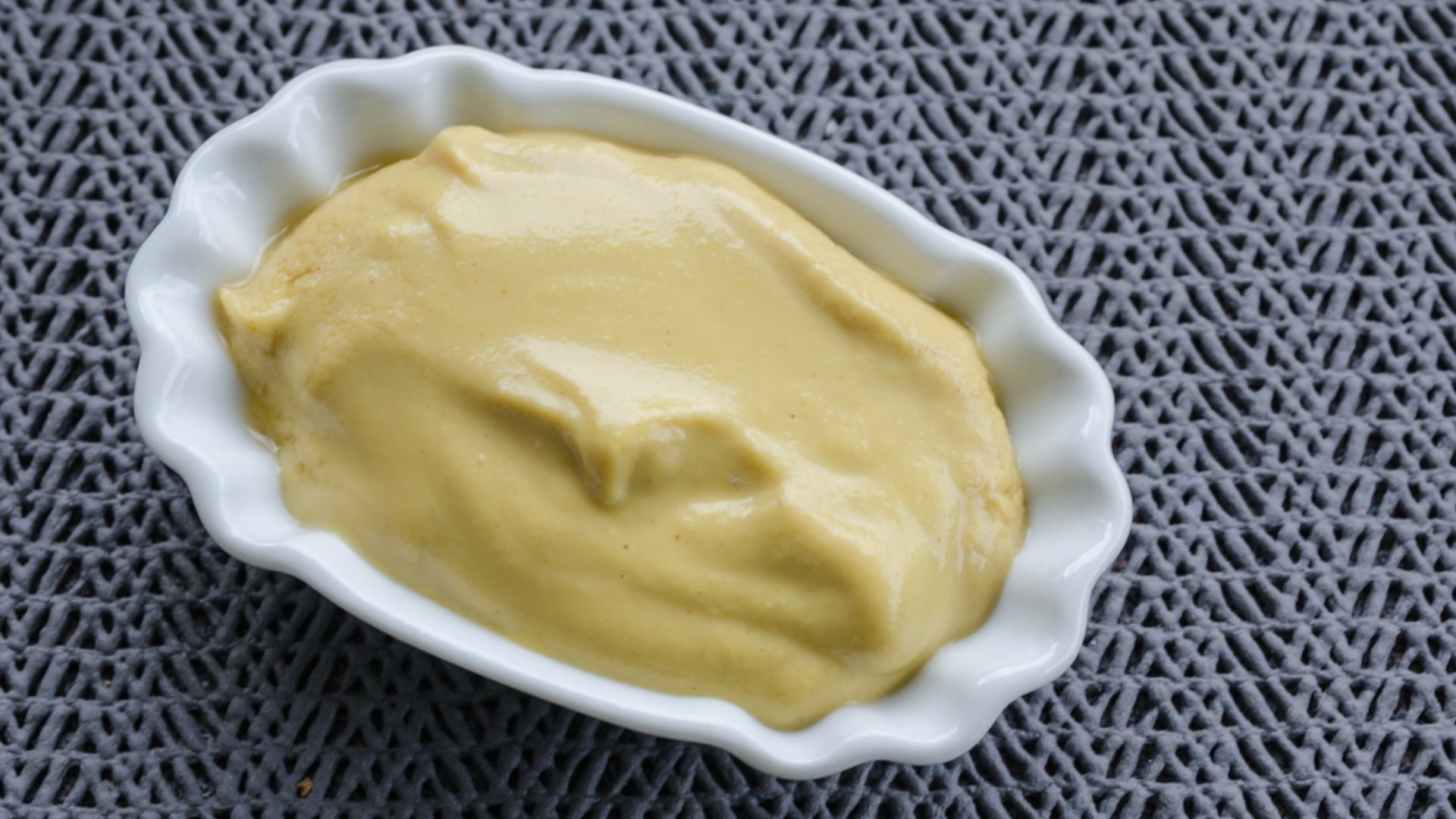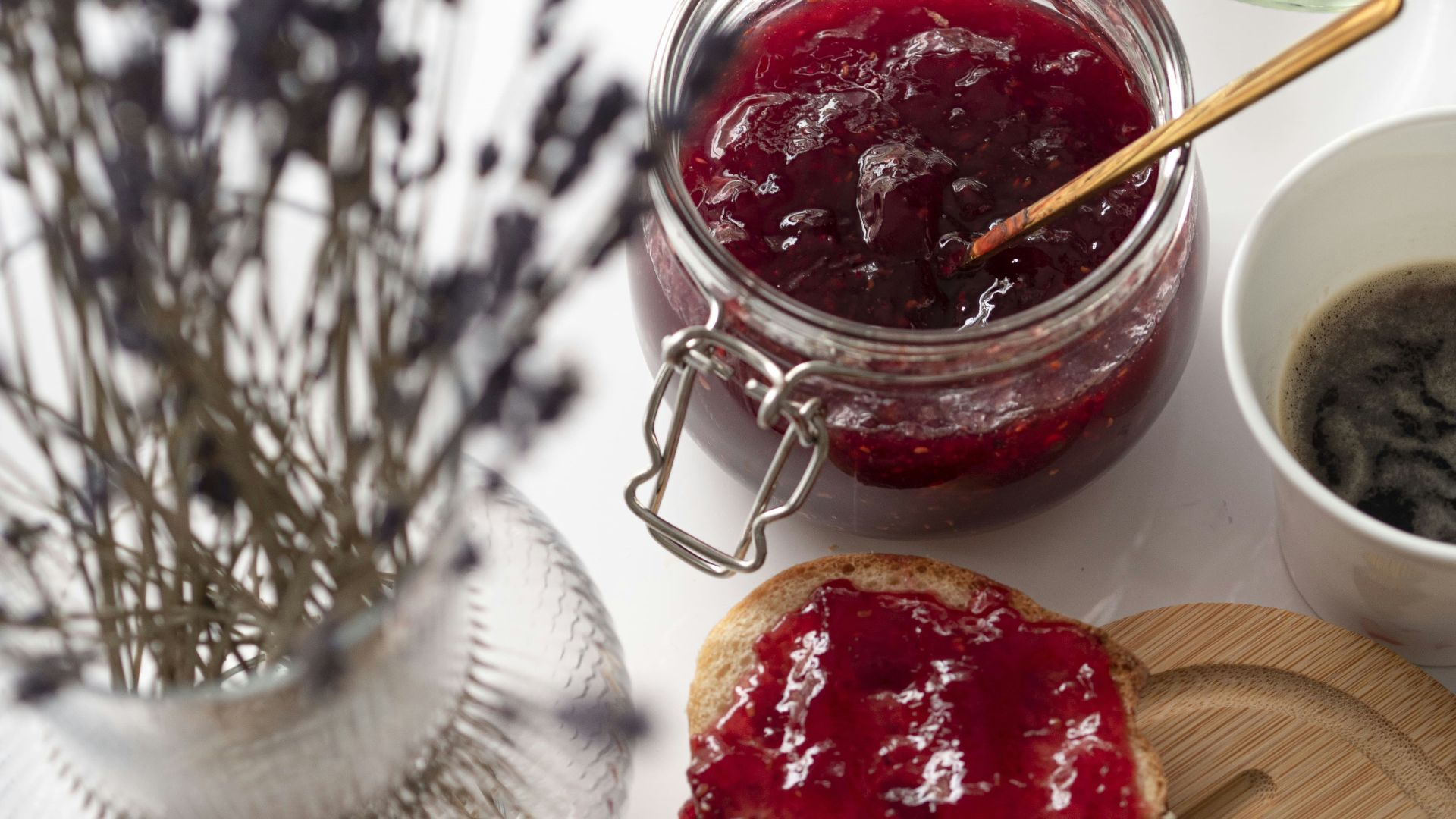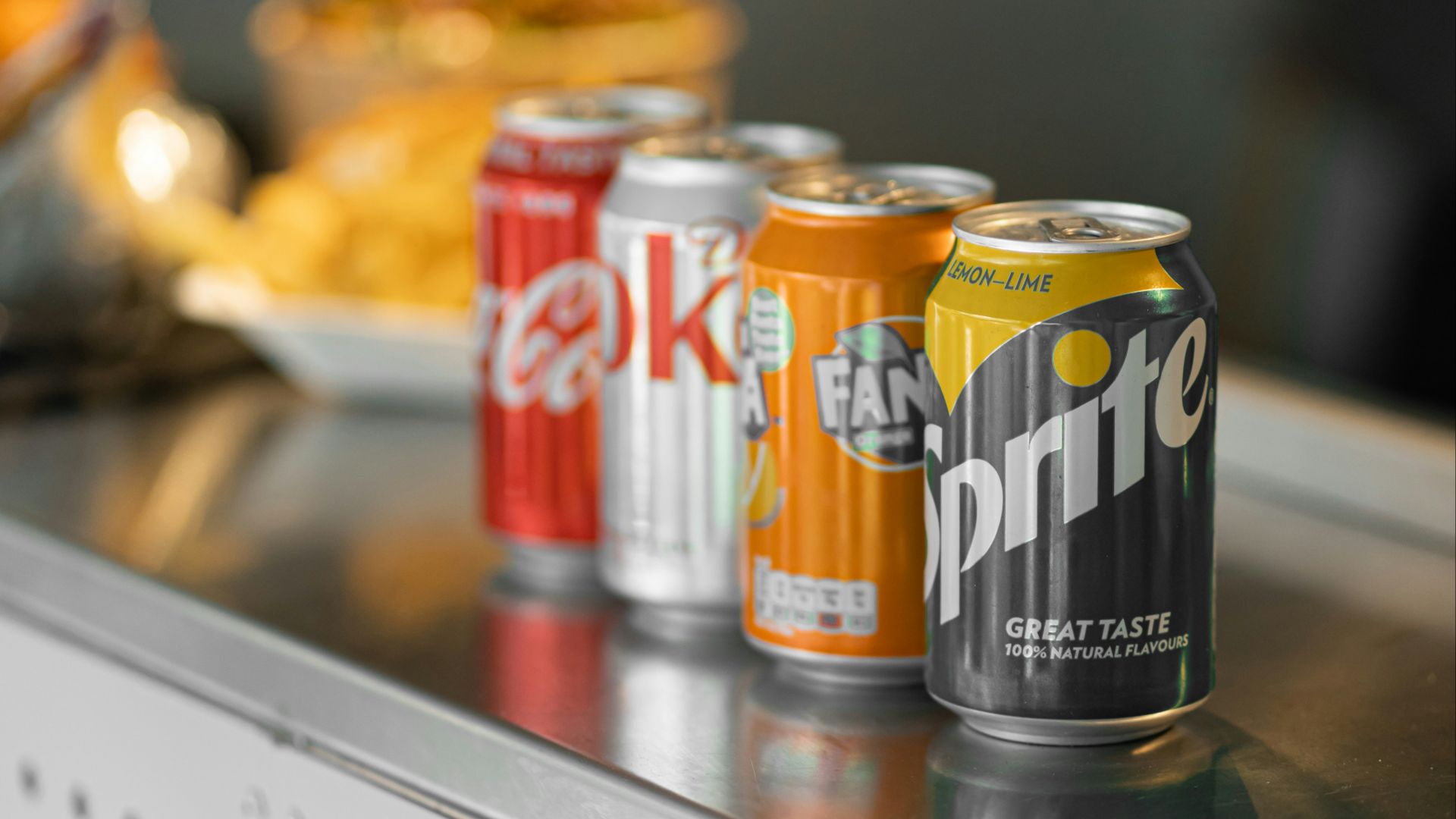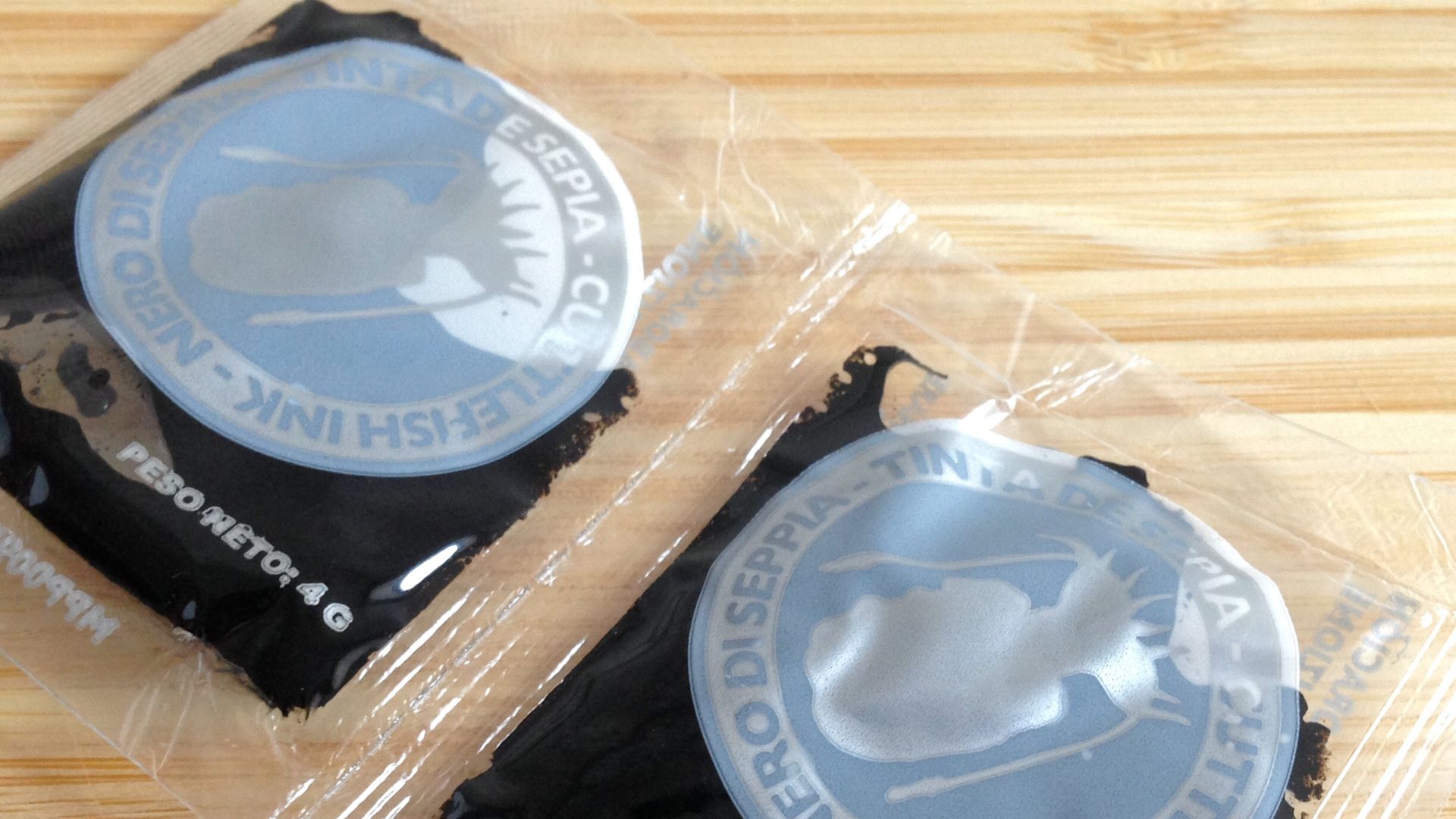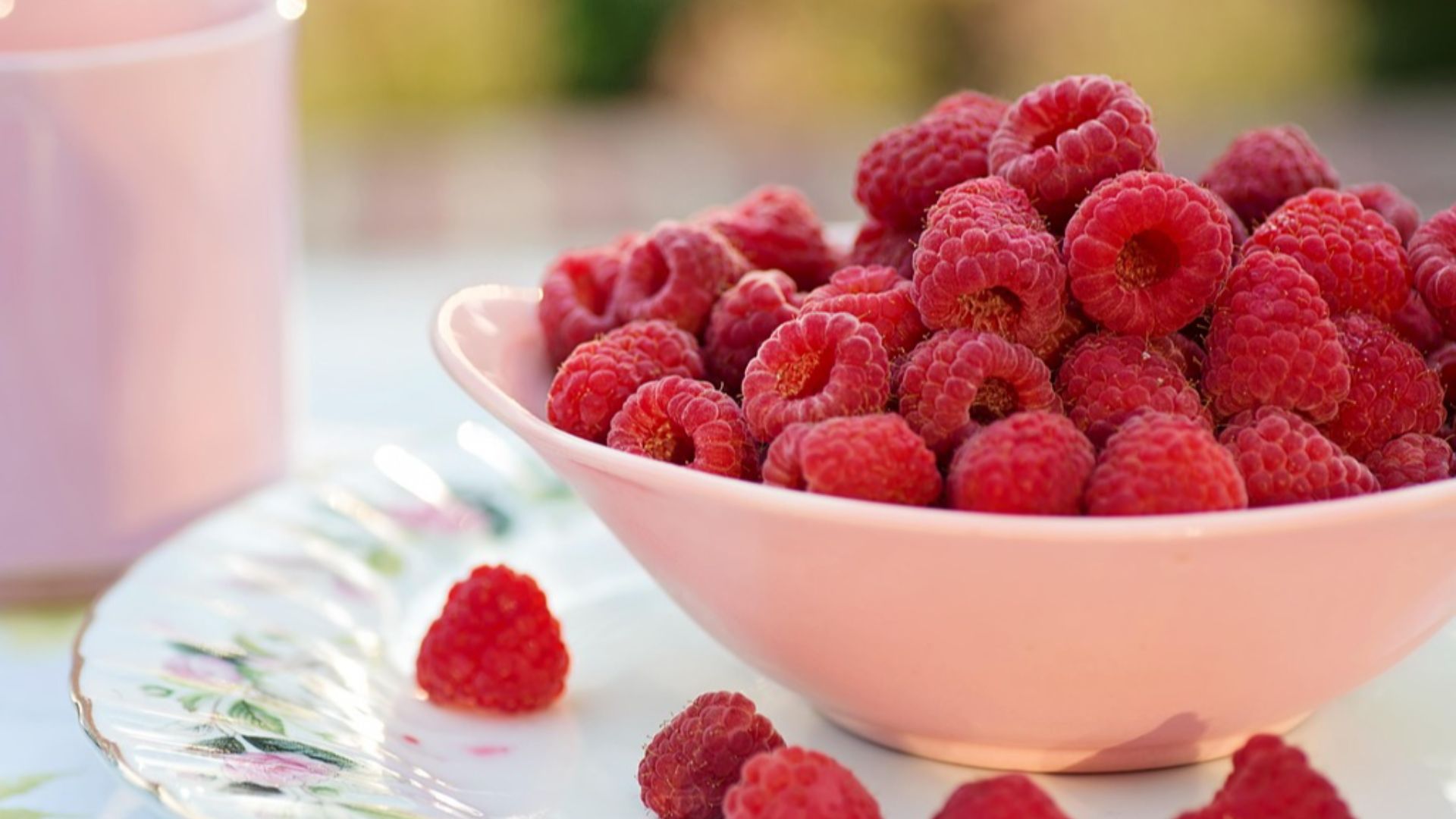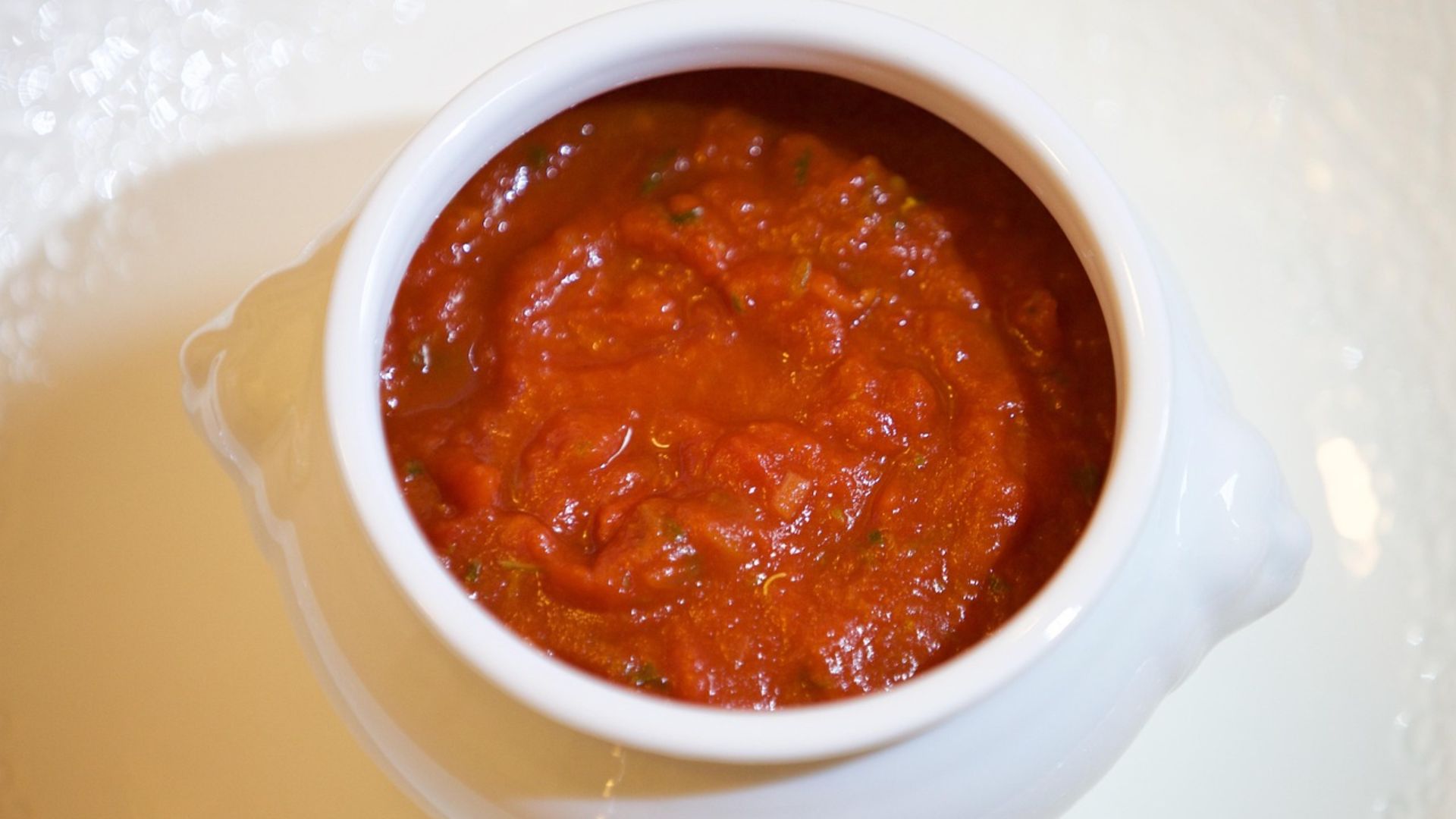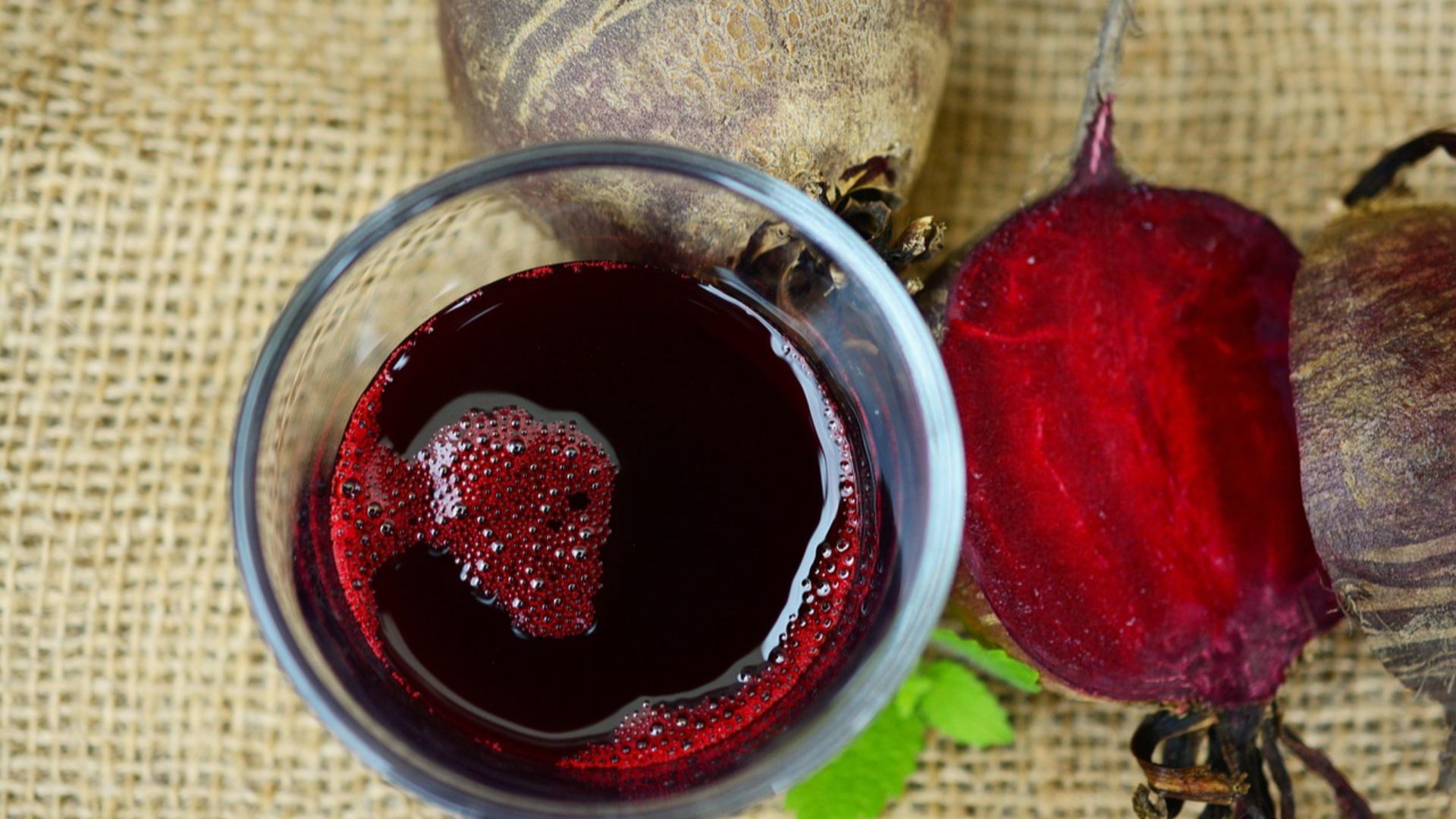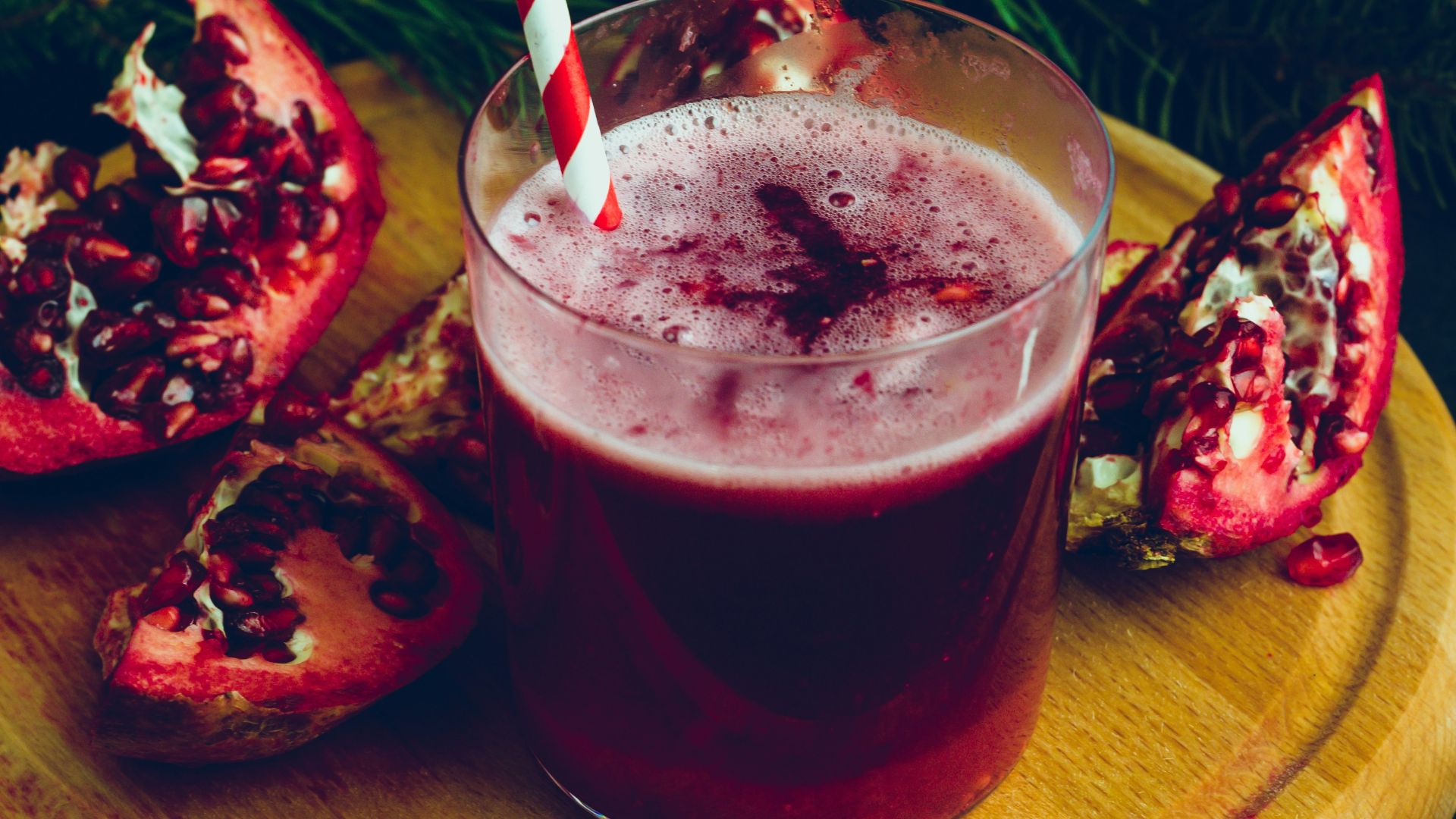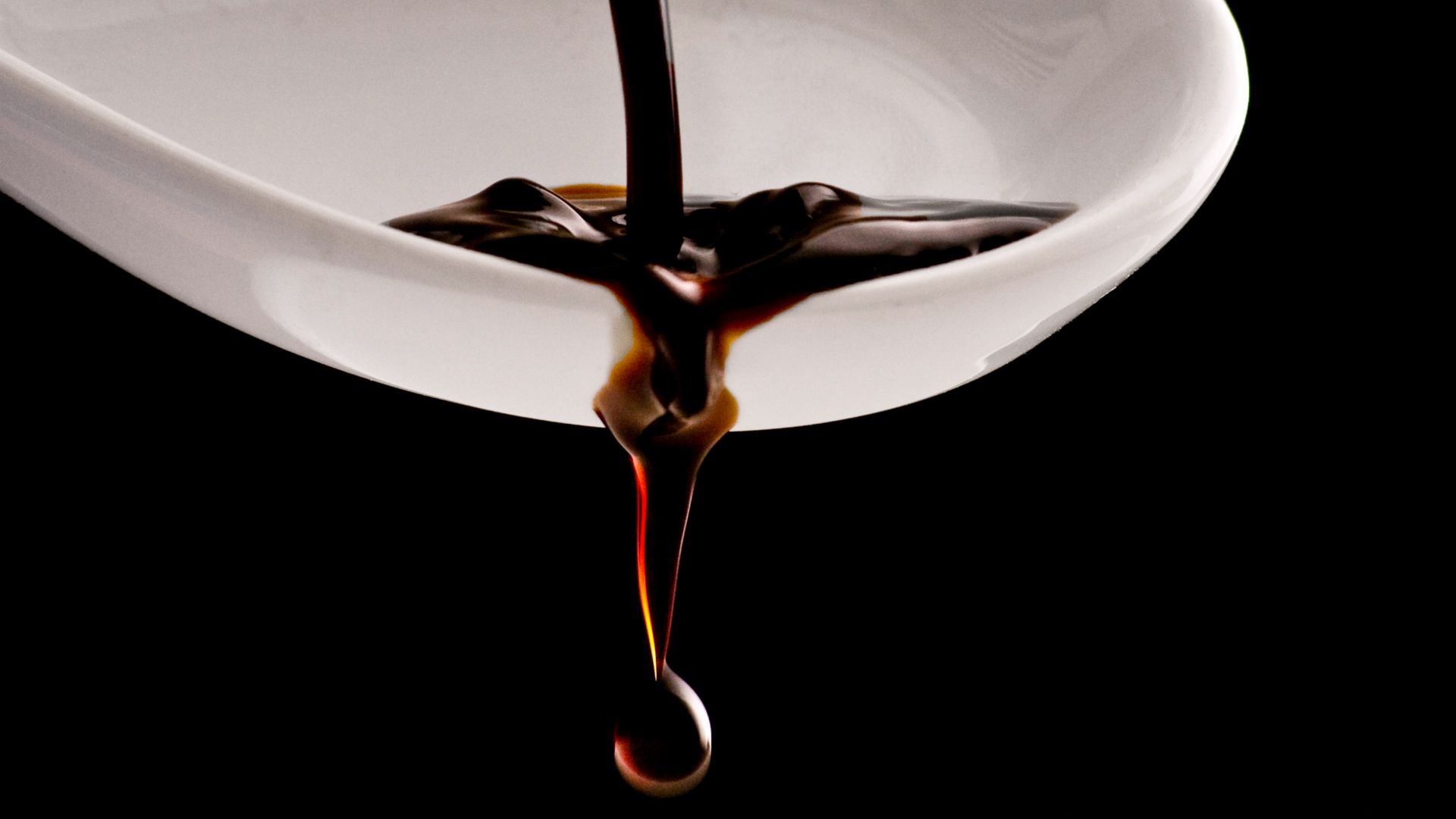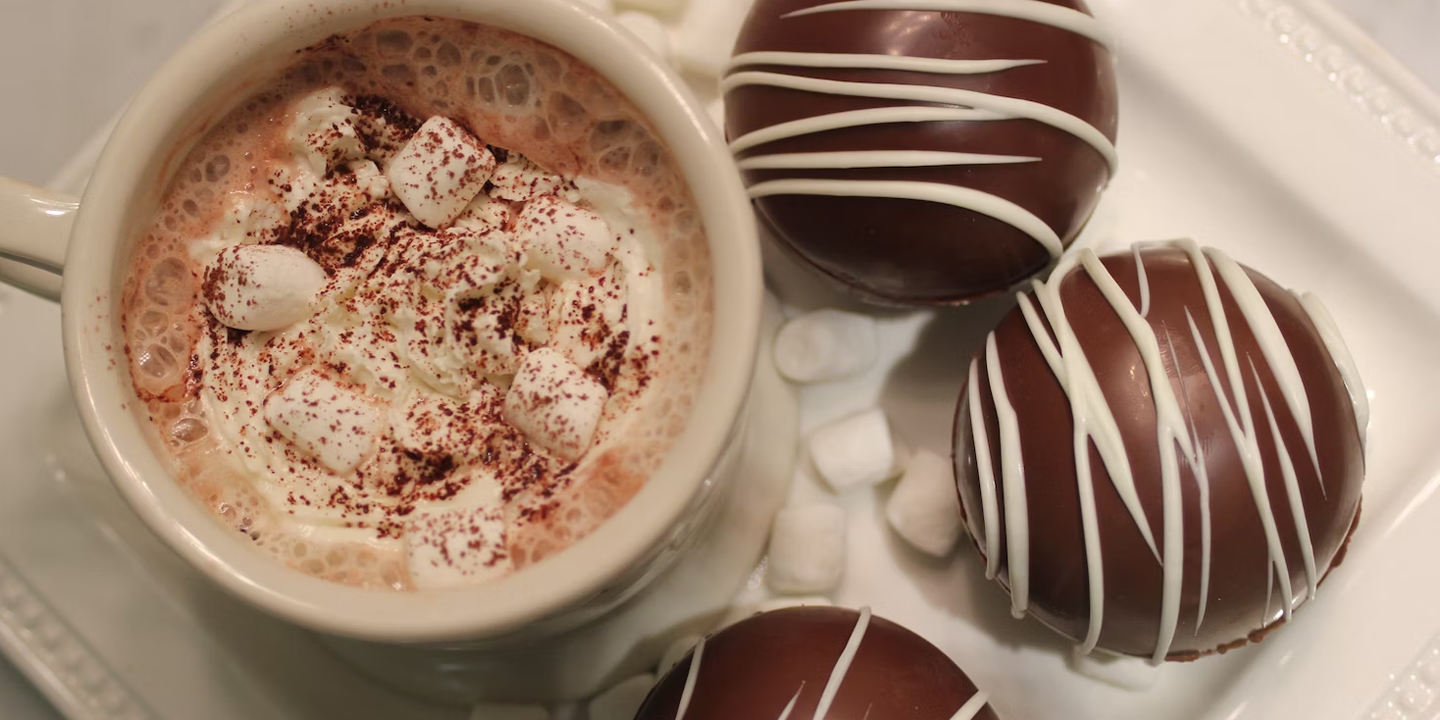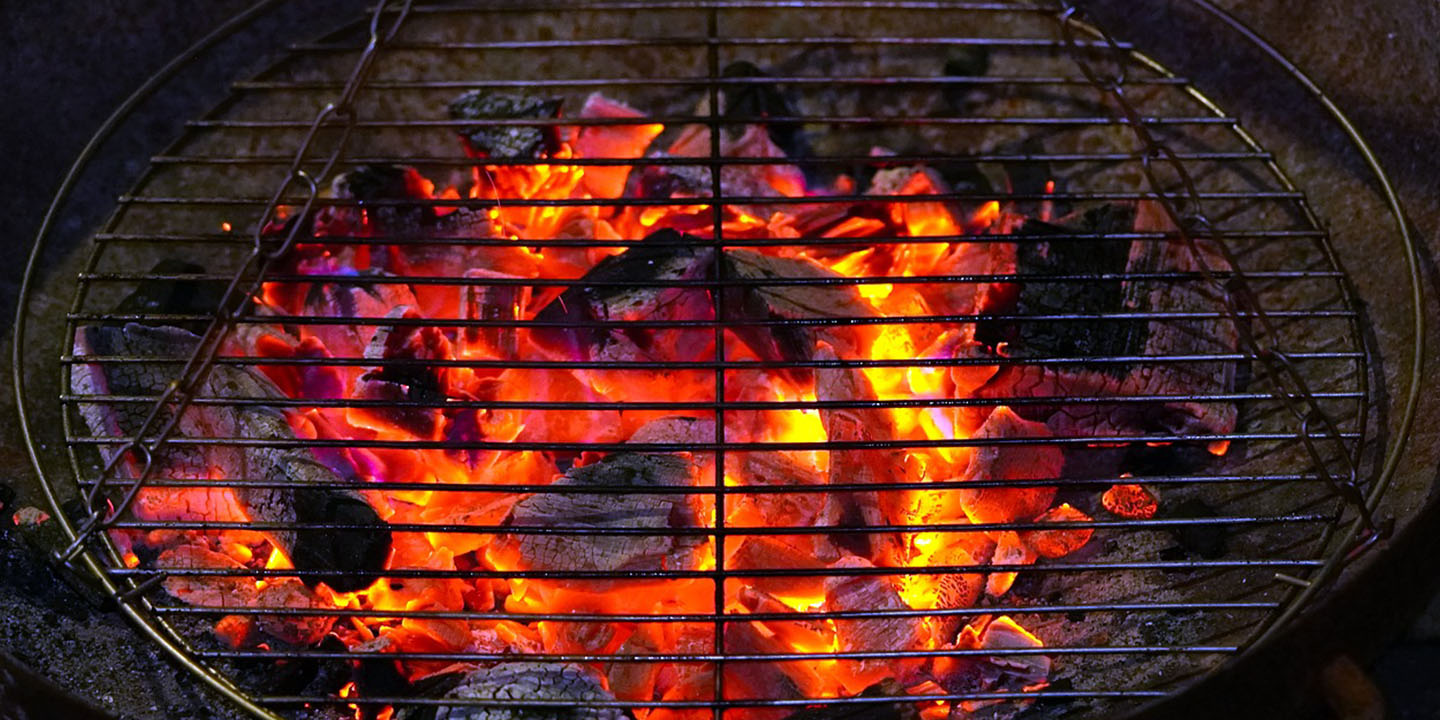Bye-Bye White Shirt
You’re running late for work with juice in one hand and toast in another when—bam!—you hit a corner and have juice all over your outfit. Do you panic? Or do you remember that with the right know-how, stains like this are totally beatable? Let’s check out some other easy-to-remove food stains before finally moving on to the worst of the worst.
1. Soy Sauce
Soy sauce might look intense when it hits the fabric, but it’s more dramatic than dangerous. Since it’s water-based, a quick rinse and some detergent lift it easily. The real challenge? The sheer speed at which it spreads. Blot gently, and avoid rubbing; that’ll only make the stain travel farther.
2. Beer
Of all the beverages that can ruin clothing, beer is the most forgiving. Mostly water with a bit of sugar; it rinses out with ease. A quick wash should erase all traces. The lingering smell is the biggest problem. No one wants to walk around smelling like a brewery.
3. Tea (Herbal & Green)
Unlike their aggressive cousin, coffee, herbal and green teas don’t contain as many flavonoids. That means they don’t bind as strongly to the fabric. A little soap and water usually lift the stain with ease, making it one of the less worrisome beverage spills.
4. Butter & Cooking Oil
Butter stains spread like wildfire, but they aren’t invincible. Since they’re purely oil-based, dish soap is the best defense. Gently massage it into the stain, rinse it with warm water, and let it do its magic. Using too much water too soon, though, only helps the oil migrate.
5. Eggs
Egg stains are relatively harmless as long as they’re treated correctly. A cold rinse and enzyme cleaner will do the trick, but never use hot water. Heat causes the proteins to harden, making the stain much harder to lift. Scrambling eggs is great. Scrambling fabric fibers? Not so much.
6. Tomato Soup
Although tomato soup clings to fabric like it’s trying to make a statement, it’s mostly water-based. A swift rise with warm water and soap will usually do the trick. If there’s oil in the soup, dish soap works best. The key is to wash it before it gets comfortable.
7. Whipped Cream
Whipped cream might look like a disaster when it lands on fabric, but it’s mostly air and fat. A quick rinse and some soap will lift it without much trouble—if you remember to clean it before it becomes a sticky, crusty mess.
8. Mustard (Without Turmeric)
Regular mustard rinses out easily with soap and water; it’s one of the less threatening stains. But mustard loves to spread everywhere the moment it lands. Dabbing instead of scrubbing is the best way to contain the situation before it expands into an even bigger mess.
9. Jelly/Jam
Jelly and jam aren’t as tough as they seem. Their sugar-based composition dissolves easily in warm water. Apply liquid laundry detergent, gently work it in, and let it sit for some time before tossing it in a warm cycle. If there’s more residue, white vinegar or lemon juice will do the job.
10. Soft Drinks (Non-Colored)
Spilling soda can feel catastrophic, but if it’s clear or light-colored, there’s no need to worry. The sugar might leave a residue, but a quick rinse and wash take care of it easily. Dark-colored sodas, though? They behave more like coffee when they hit fabric.
Now, the worst of the lot. Spoiler: Most of them are as red as your nightmares.
1. Red Wine
A single spill, and suddenly, that deep red liquid is everywhere. Red wine’s tannins bond instantly with fabric, which makes removal nearly impossible. Salt and club soda can help lighten the damage, but the longer it’s there, the harder it grips. Some also say white wine neutralizes it.
 Lefteris kallergis on Unsplash
Lefteris kallergis on Unsplash
2. Squid Ink
Squid ink might be a delicacy in gourmet dishes, but when it hits fabric, it’s a total disaster. This deep black liquid is packed with melanin that clings to fibers like it was meant to be there. Squid ink thickens as it dries, so water alone won’t help.
3. Coffee
Coffee stains like it wants people to know you’re clumsy. The heat allows it to sink deep into the fabric while its natural tannins grip like glue. A quick dab with cold water and mild detergent can minimize the damage, but without immediate action, even the strongest stain removers struggle to undo the caffeinated disaster.
 Chevanon Photography on Pexels
Chevanon Photography on Pexels
4. Berries
Berry juice acts like a built-in dye, instantly seeping into the fabric. The deep pigments make it one of the toughest stains to remove, especially on light fabrics. You could try rinsing with cold water and applying detergent. Without treatment, it locks into fabric fibers permanently.
5. Tomato Sauce (Dried In)
Once hardened, tomato sauce becomes a laundry nightmare. The combination of natural sugars, oils, and deep red pigments locks into the fabric, which will make removal far more difficult. The only way to fight back is to soak in warm, soapy water. And patience; lots of patience.
6. Chocolate
Chocolate stains are sneaky because they combine both grease and dark pigments. First, scrape off the excess without pressing it deeper into the fabric. Then, tackle it with dish soap. If it has already hardened, soaking in cold water helps, but full removal won’t be easy.
7. Turmeric
Turmeric is nature’s way of reminding people why stain removers exist. Its pigments chemically bind to fabric, making traditional cleaning methods ineffective. Sunlight can help break it down over time, but once it’s embedded in the fibers, it’s as good as permanent.
8. Beets
Beet juice is another certified fabric menace. For years and years, it’s been used for dyeing textiles. The deep red pigment locks onto fibers the moment it lands. You could say that the stain lasts longer than the meal that caused it.
9. Pomegranate Juice
Much like beetroot, pomegranate juice stains are chemically designed to stay. Once it seeps in, it becomes part of the fabric’s new identity. Cold water and detergent can help lighten the damage, but accept your fate because this juice still leaves a permanent signature.
10. Balsamic Vinegar
Dark, acidic, and intensely pigmented. Balsamic vinegar is a nightmare for fabrics because its deep color seeps into fibers quickly, and the high acidity can make it set even faster. It can leave behind a stubborn brown stain that lingers even after multiple washes.
KEEP ON READING

20 Food-Related Art Projects



